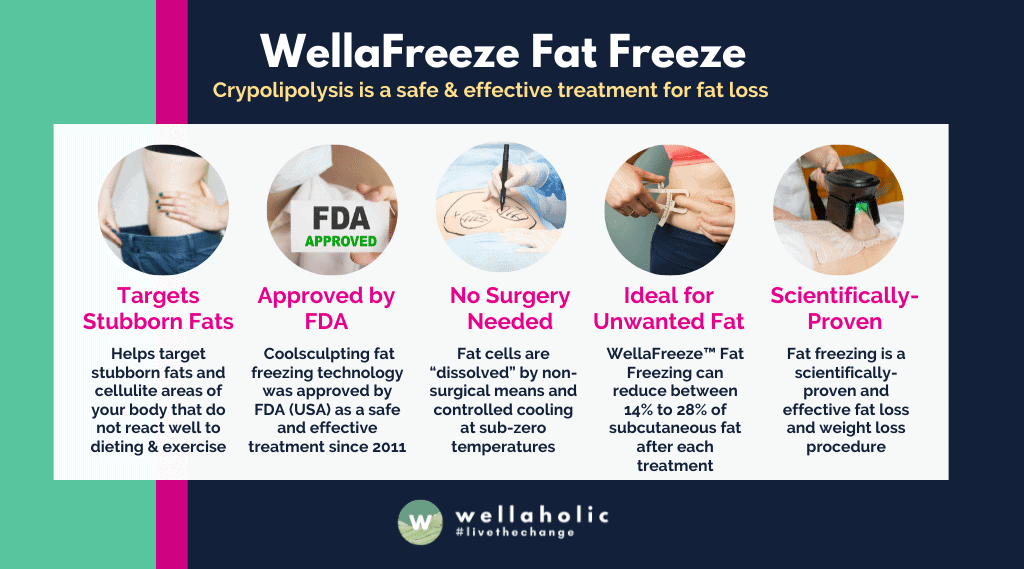
Hawker Centre to Healthy Plate: 5 Uniquely Singaporean Weight Loss Tricks

Hawker Centre to Healthy Plate: 5 Uniquely Singaporean Weight Loss Tricks
- 🍲 Hawker Centre Hacks: Choose “chye png” (economy rice) for portion control
- 🚶♂️ MRT Fitness: Walk between stations instead of riding
- 🍵 Kopi-O Kosong: Switch to sugar-free black coffee
- 🏞️ Park Connector Network: Explore Singapore while burning calories
- 🥗 Yusheng Year-Round: Adapt the festive salad for a healthy daily meal
Book a consultation with our experts today!
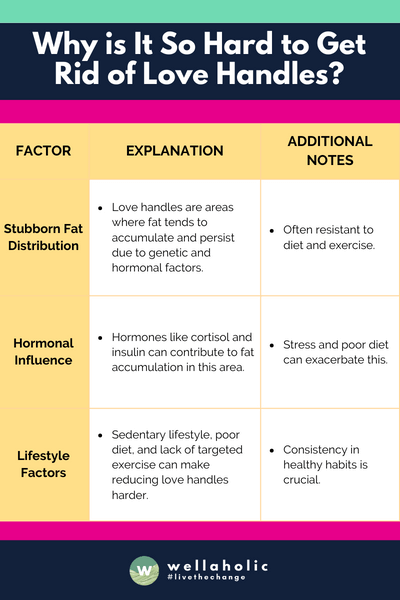
Introduction: The Singaporean Weight Loss Challenge
In my years as an aesthetic professional in Singapore, I’ve noticed a common struggle among my clients: losing weight while navigating our food-centric culture. Our hawker centers, with their tempting aromas and diverse dishes, can be a minefield for those trying to shed pounds. But I’ve learned that with a few clever tricks, you can turn these challenges into opportunities for healthier eating.
I have experienced firsthand the significant impact that small changes can have. Whether it’s selecting the right dishes at hawker stalls or creating healthier versions of local favorites at home, there are numerous ways to honor our food culture while striving to achieve weight loss targets.
In this article, I’ll share five uniquely Singaporean weight loss tricks I’ve gathered from my experiences and conversations with nutritionists and fellow aestheticians. These tips will help you navigate our food landscape with confidence and achieve your health goals without sacrificing the flavours we all love.

Understanding Singaporean Weight Loss Statistics
As an aesthetic professional in Singapore, I’ve seen how weight concerns affect many of our customers at Wellaholic. The latest data shows that about 10.5% of Singaporean adults are obese. This number has gone up from 8.6% in 2017. It’s a trend we need to watch closely.
When I compare Singapore to our neighbours, we’re doing better in some ways. Malaysia’s obesity rate is around 20%, nearly double ours. But we can’t get complacent. At Wellaholic, more customers are asking about weight loss treatments. I always remind them that a healthy lifestyle is key. No quick fixes here! Our approach combines targeted treatments with advice on diet and exercise. It’s about creating lasting change, not just temporary results.
In the Asia and Pacific region two out of every five adults in the region are either overweight or obese.
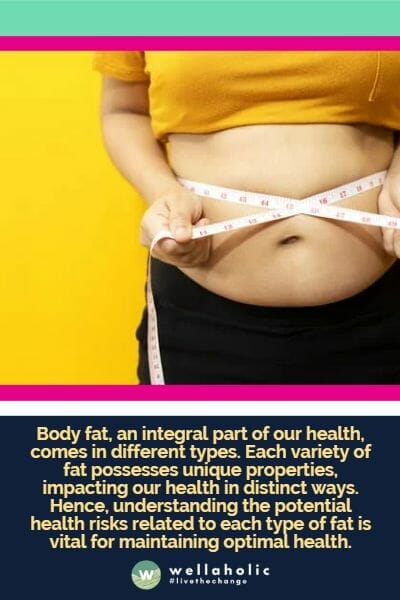
The Struggle and Strategy of Singaporean Weight Loss
I’ve seen many customers struggle with weight loss in Singapore. Our unique environment presents real challenges. Our amazing food culture, with tempting hawker centers, can make staying slim tricky. The hot weather often turns outdoor exercise into a chore. Cultural factors play a big role too. Many of us grew up with the “clean your plate” mentality, and family gatherings often revolve around food. At work, long hours and stress can lead to unhealthy eating habits.
Our fast-paced lifestyle makes it tough to maintain healthy habits. Customers at Wellaholic often struggle to find time for exercise between work and family commitments. Our love for local food is both a blessing and a curse. Dishes like laksa or char kway teow are delicious but often high in calories. In Singapore, food is more than just sustenance – it’s a way we show love and hospitality. Many feel pressured to eat more at gatherings or work events. Our work culture also plays a role, with long hours and high stress leading to poor eating habits. I always remind customers that moderation and small changes can make a big difference over time.
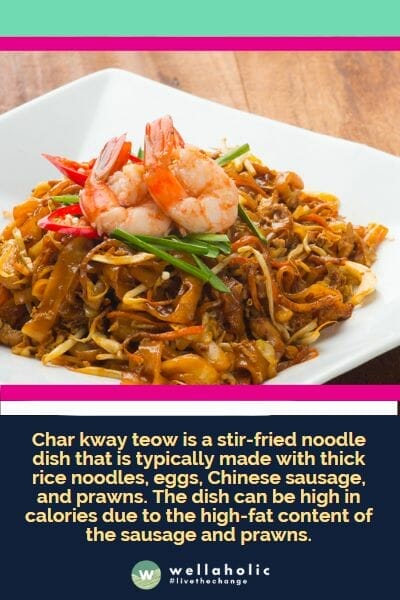
Caloric Balance: The Key to Singaporean Weight Loss
In Singapore, our love for food can make it challenging to maintain a healthy weight. But the secret lies in understanding caloric balance.
Caloric balance is simple: it’s about the calories you eat versus the calories you burn. If you eat more than you burn, you gain weight. If you burn more than you eat, you lose weight. At Wellaholic, we help our customers understand this concept. We encourage them to track their food intake and increase their physical activity. Small changes, like taking the stairs instead of the elevator, can make a big difference over time.
I’ve seen great results when customers focus on balance rather than strict diets. One customer lost 5kg in two months by simply swapping her daily bubble tea for green tea and walking for 30 minutes each day. Remember, sustainable weight loss is a journey, not a race. It’s about making lifestyle changes you can stick to in the long run.
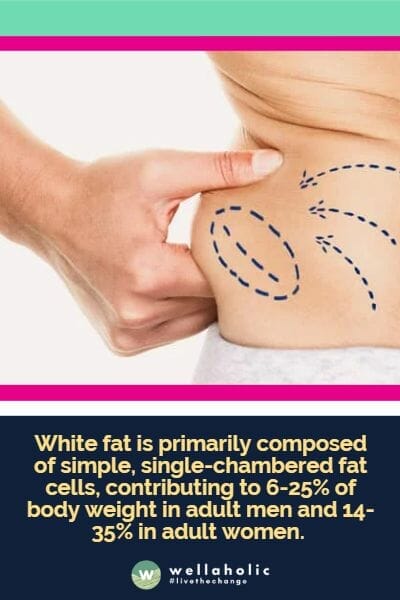
Setting Realistic Singaporean Weight Loss Goals
It’s important to set achievable targets that fit your lifestyle. I recommend using the SMART approach: Specific, Measurable, Attainable, Realistic, and Time-bound goals. For example, instead of saying “I want to lose weight,” try “I aim to lose 0.5 kg per week for the next 8 weeks.”
At Wellaholic, we encourage our customers to focus on small, consistent changes. Losing 5-10% of your body weight can significantly improve your health. Remember, quick fixes rarely work long-term. I’ve seen this during my time at Laser Clinics Australia too. Gradual, sustainable weight loss is key. Track your progress regularly, but don’t obsess over daily fluctuations. Instead, look at trends over weeks or months. This approach helps you stay motivated and on track towards your Singaporean weight loss journey.
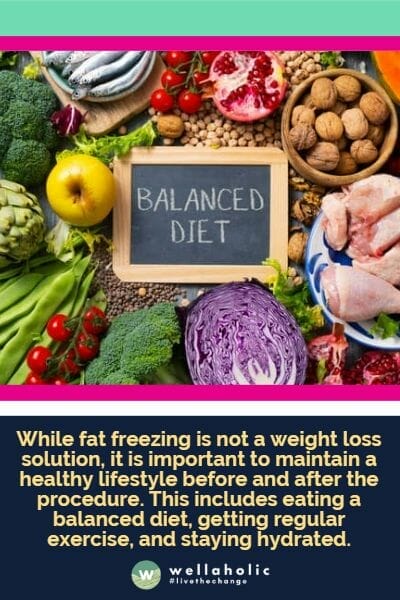
Building a Balanced Diet for Singaporean Weight Loss
I recommend focusing on nutrient-dense foods and creating a moderate calorie deficit. This approach is sustainable and helps you lose weight gradually.
A balanced diet for weight loss should include plenty of fruits, vegetables, and whole grains. These foods are packed with fibre and keep you feeling full. I also suggest lean proteins like chicken breast or tofu, which are great for maintaining muscle mass. Don’t forget healthy fats from sources like avocados or nuts. These are important for hormone balance and overall health.

Incorporating Regular Exercise for Singaporean Weight Loss
Regular exercise is key to shedding those extra kilos. In Singapore’s busy lifestyle, finding time for workouts can be tough. But trust me, it’s worth it. I recommend aiming for 150–300 minutes of moderate exercise each week. This could be brisk walking in your neighbourhood park or swimming laps at your local pool.
At Wellaholic, we often pair our slimming treatments with exercise advice. Why? Because exercise burns calories and builds muscle. More muscle means a higher metabolism, even when you’re resting. Plus, exercise releases feel-good chemicals that boost your mood. It’s a win-win. Start small if you’re new to working out. Even a 10-minute walk during your lunch break counts. Remember, consistency is more important than intensity when you’re just starting out.
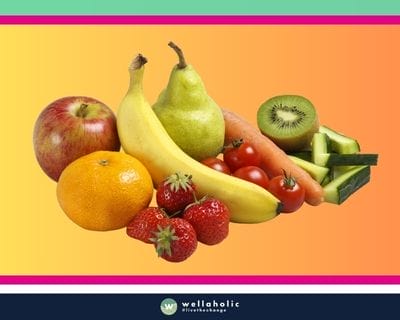
The Importance of Portion Control in Singaporean Weight Loss
Portion control is a game-changer for Singaporeans trying to lose weight. Our food culture is rich and diverse, but it can lead to overeating if we’re not careful.
I often tell my customers to use smaller plates. It’s a simple trick, but it works wonders. At Wellaholic, we encourage the “My Healthy Plate” method – half veggies, quarter protein, and quarter whole grains. This balance helps control calories without feeling deprived. I’ve seen customers achieve great results by just being mindful of their portions.
Eating slowly is another tip I share. It gives your brain time to register fullness. I suggest putting your fork down between bites. This habit has helped many of our customers at Wellaholic naturally eat less. Remember, weight loss isn’t just about treatments. It’s about sustainable lifestyle changes, and portion control is a key part of that.

Leveraging Technologies for Singaporean Weight Loss
As the Aesthetic Director at Wellaholic, I’ve seen how technology has transformed weight loss treatments in Singapore. Fat Freeze, RF Body Sculpting, and Ultrasound Fat Cavitation are game-changers for our customers. These non-invasive treatments target stubborn fat without surgery or downtime.
At Wellaholic, we use Fat Freeze to target problem areas like love handles and tummy bulges. RF Body Sculpting helps tighten skin and reduce cellulite. Ultrasound Fat Cavitation breaks down fat cells for a smoother contour. I’ve seen amazing results, especially when combined with a healthy lifestyle. One customer lost 3 inches off her waist after just 6 Fat Freeze sessions. Another toned her arms with RF Body Sculpting before her wedding. These technologies offer safe, effective options for Singaporeans looking to shape up.

Customer’s Positive Review for Fat Freeze
Jasyca, a customer at Wellaholic, sought help for stubborn fat and opted for the WellaFreeze Fat Freeze treatment. She appreciated the comfortable ambience and the friendly service provided by her therapist, May.
The WellaFreeze process began with a warm sensation, followed by gentle, painless cold freezing. Jasyca, on her first session, felt optimistic about seeing results in future visits and overall found the experience to be very positive.
Read Actual Review by Customer
I visited Wellaholic for its fat freezing experience. The ambience was comfortable and conducive. My therapist, May, was very friendly. She attended to me and advised me on WellaFreeze. WellaFreeze is done starting with a warm sensation, this is followed by the cold freezing. The suction was gentle and painless. It is my first session and I hope I will see some results when I come back for the next one. Overall, it is a good experience. (Source: Tripadvisor Review)

Conclusion: Achieving Sustainable Singaporean Weight Loss
At Wellaholic, we encourage our customers to combine healthy eating with regular exercise. Our body sculpting treatments can complement these efforts, but they’re not a substitute for a balanced lifestyle. I often share success stories from our customers who’ve achieved their goals through consistency and patience. Remember, sustainable weight loss takes time. Don’t get discouraged if you don’t see immediate results. Keep at it, and you’ll see progress over time.
Lastly, don’t forget about mental health. Stress can sabotage weight loss efforts. We offer relaxation treatments that can help manage stress levels. Many of our customers find that a combination of physical treatments and stress management techniques leads to the best results. Your weight loss journey is unique to you. Embrace it, and don’t be afraid to ask for support along the way.
Frequently Asked Questions (FAQ)
What are the key factors in successful weight loss?
The key factors in successful weight loss include a balanced diet, regular exercise, and a committed mindset. At Wellaholic, we offer body sculpting solutions that can complement your weight loss journey effectively.
How does exercise contribute to weight loss?
Exercise boosts metabolism and helps you burn calories, essential for weight loss.
What types of foods should I avoid for weight loss?
The blog post covers what you should eat, but as a general rule, avoid high-calorie, low-nutrient foods. Limit sugary drinks, fast food, and excessive fats for better weight management.
How does Wellaholic’s approach to weight loss differ from other wellness centers?
Wellaholic uses evidence-based techniques and advanced technology to provide safe, effective, and professional weight loss solutions. With a customer-centric approach, we are committed to helping you attain your desired results.
How long does it generally take to see results in weight loss?
The time to see significant weight loss results can vary from person to person, depending on various factors like metabolism, activity level, and adherence to the plan. Consistency is key.
Are there any side effects of rapid weight loss?
Rapid weight loss can have several side effects, including nutritional deficiencies and increased risk of gallstones. It is always advisable to aim for a safe, sustainable rate of weight loss.

Serene Chiam, Aesthetic Director
Serene Chiam is the Aesthetic Director at Wellaholic, a well-known aesthetic chain in Singapore. She has more than ten years of experience in the aesthetics industry. With a Bachelor of Health Science (Aesthetics) and CIDESCO certifications, she expertly combines scientific knowledge with practical skills. Serene is known for her personalized approach to beauty, ensuring each Wellaholic client’s journey is unique and transformative. Her significant contributions have been pivotal in establishing Wellaholic’s reputation for excellence in aesthetic wellness.
Contact Serene at support@wellaholic.com
GET IN TOUCH
Book Now Pay Later

WellaFreeze™ 360 Advanced Fat Freezing
- ⭐ Latest 4th Generation Freezing. WellaFreeze™ 360 advanced fat freezing uses the latest fat freeze technology for the highest fat reduction per session.
- ⭐ Up to 34% Fat Loss Each Session. Increase in percentage of fat loss due to newer technology and coverage.
- ⭐ 360° Surround Cooling Technology. The handles or cooling cups can be adjusted to fit all body curves and contouring for best freezing.
- ⭐ Breathing Technology Reduces Bruising. “Breathing” technology improves freeze while minimising bruising from the suction.
- ⭐ Shorter Time Needed. Each duration is reduced from typical 60 minutes to just 30 minutes.
- ⭐ Award-Winning. Wellaholic’s treatments have been recognized by top beauty publications such as Daily Vanity, Beauty Insider, and Tropika Club Magazine.
- ⭐ Over 2000 Verified Customer Reviews. Wellaholic has over 2000 positive reviews from customers, and >50% are repeat customers.
